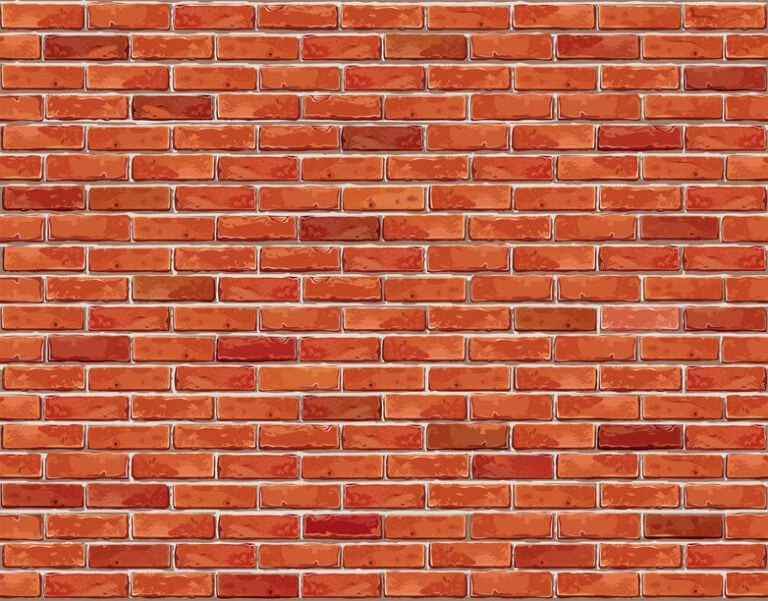Brick is a beautiful natural building product used on the facades of many buildings. The brick makes any home or building look both timeless and elegant. Unfortunately, brick is a porous material and that means that it will absorb rain water. This rain water can then move its way into the interior and cause damage to the structure.
How Water Gets into the Building
Since brick is porous, it will absorb any water that it comes in contact with. The brick is capable of keeping that water inside itself. But, if so much water is absorbed that the brick becomes saturated, then the water can actually flow through the brick. The water will migrate downward by the force of gravity until it gets to the bottom. Once it gets to the bottom it is then diverted away from the interior of the building by flashing.
Flashing Around Windows, Doors and on Top of the Foundation
Flashing is installed on properly built buildings. This flashing goes around openings such as windows and doors. Once the water that is in the brick gets to these openings, the flashing diverts it around the openings and the water can then continue to flow downward. Windows and doors that do not have properly installed flashing can cause leaks into the interior.
Eventually the water flows downward until it gets to the top of the foundation. Again, properly constructed buildings have flashing that goes on top of the foundation under the bottom layer of brick. This flashing also goes a distance up the wall of the building, behind the brick. If there isn’t any flashing then the water can migrate into the interior of the building and you see it on the interior. The solution for buildings with leaks through brick is to stop water from getting into the brick in the first place.
How to Stop Water From Entering the Brick and Mortar
Remember, brick is naturally porous. It will always absorb water. However, there are brick water repellents that can make them impervious to water. A good brick water repellent is a product that uses a silane/siloxane blend. These brick water repellents go into the brick, not on the surface, to seal out water. Once dried the water repellent maintains a natural appearance of the brick. The color and texture will be the same as if they had not been treated. Also, there is no shine or gloss to the brick after treating. Mortar is also able to absorb water and a water repellent will stop it from doing so.
How a Silane/Siloxane Water Repellent Works
A silane/siloxane water repellent works by being absorbed into the brick, below the surface. Once there it reacts with the free-lime content that is present in both the brick and mortar. The water repellent bonds to the edges of the microscopic pores in the brick and will not allow water to enter them. Silane/siloxanes have the added benefit of being 100% vapor permeable. That means that interior moisture from the building is able to evaporate out to the exterior. This is important. A water repellent that is not 100% vapor permeable would prevent this migration of water outward. The water would be trapped inside the brick and not be able to escape. And in a climate with freezing temperatures, this water would expand when frozen and could cause it to spall.
Important Steps to Applying Brick Water Repellents
Water repellents are easy to apply. If you can paint a wall, you have the skills necessary to apply the product. But there are a few preparatory steps to ensure a good application. The brick should be clean and free of algae or moss. Dirty areas should be washed to allow the water repellent to soak in.
It is important too that the mortar joints be in good condition. Any loose or crumbling areas of mortar must be re-tuck pointed. Tuck pointing is removing the defective mortar and applying new mortar.
Once that is completed, simply coat the brick with either a brush, roller or pump up sprayer. Make sure that no rain is forecasted for 24 hours after application to give the water repellent time to bond to the brick. Promptly remove any material that gets on wood, siding, shingles or windows with soapy water before it dries. After 3-5 days the water repellent will make the brick impervious to water.
This article is written by Aaron Kuertz who’s with Applied Technologies. Aaron has been in the waterproofing industry since 1998. Applied Technologies is a manufacturer and supplier to professional waterproofing contractors and homeowners in the United States. For more information about brick water repellents, contact Applied Technologies.



